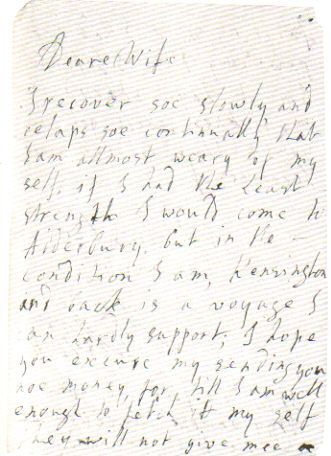

Three previous Phil-Lit subscribers, Sharon Killgrove of the Mojave Desert, Harrison Solow of Malibu, California, and Kenneth Chen, then a student at the University of California, Berkeley, assisted Dutton in running the site.Īrts and Letters Daily generated a “sister site,” SciTechDaily, in 1998, which was maintained by Dutton’s friend Vicki Hyde, a science editor and novelist whose web company housed both sites.īy August 1999, A&L Daily had a monthly readership of 250,000 people and had received accolades from USA Today, Wired, and The Observer, which named it the world’s top website, ahead of The New York Times and.

When the list had grown to 800 subscribers, Dutton recommended compiling the pieces into a single homepage. In September 1998, they went online. Myers in 1994 to act as a symposium for articles and reviews obtained on the internet. Although it may not generate the money that Bloomberg does, its ability to build connections may prove to be more essential than the stock market over time.Īlso Read: Digital India Essay for students of class 5 to 9 in English Timeline of Arts and Letters DailyĪrts and Letters Daily sprang out of “Phil-Lit,” a mailing list started by Denis Dutton and D.G. It keeps track of events, sorts them out, and informs you of what you need to know. What the Bloomberg service does for business, “A & LD” does for ideas. Robert Fulford characterized its value as follows: According to Denis Dutton, the founder and previous editor of Arts and Letters Daily, it was inspired by the Drudge Report but was aimed at “the kinds of people who subscribe to the New York Review of Books, who read Salon and Slate and The New Republic-those interested in ideas.” Similar “idea-based” blogs like Abbas Raza’s 3 Quarks Daily have sprung up as a result of A&L Daily.


 0 kommentar(er)
0 kommentar(er)
